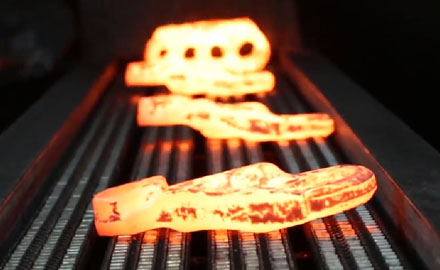In modern logistics and warehouse management, electric forklifts, as an important material handling equipment, play an indispensable role. With its green, environmentally friendly, and energy-efficient features, it has gradually become the first choice to replace traditional internal combustion forklifts. As the "brain" of electric forklifts, the forklift controller is of great importance. This article will introduce the functional advantages and applications of the forklift controller in detail to help you better understand this key component.
1. Motor drive and control:
The forklift controller controls the speed and torque of the motor to achieve precise control of the forklift's travel and fork lifting. This control not only ensures the stability and safety of the forklift under different working conditions, but also improves the operational flexibility and work efficiency of the forklift.
2. Battery management:
As the power source of the electric forklift, the state of the battery directly affects the performance and service life of the forklift. The forklift controller has a complete battery management system that can monitor the battery's power, temperature and other parameters in real time to ensure that the battery works in a safe and efficient state. At the same time, the battery life is extended through intelligent charging and protection mechanisms.
3. Energy recovery:
During the braking or descending process of the forklift, the forklift controller can convert the generated kinetic energy into electrical energy and recycle it, further improving the energy utilization efficiency. This energy recovery technology not only reduces energy waste, but also reduces the cost of using the forklift.
4. Fault diagnosis and protection:
The forklift controller has a powerful fault diagnosis function, which can monitor the working status of each component of the forklift in real time, and promptly detect and eliminate potential faults. At the same time, it also has protection functions such as overload, overvoltage, undervoltage, and overheating to ensure that the forklift can automatically shut down under abnormal conditions and protect related components from damage.
With the advancement of science and technology and the rapid development of the logistics industry, forklift controllers are also constantly upgraded and improved. In the future, we can expect the emergence of more intelligent and efficient forklift controllers to inject new vitality into the development of electric forklifts.
With the advancement of science and technology and changes in market demand, forklift controllers are also constantly evolving. Future forklift controllers will pay more attention to intelligence and automation to adapt to complex and changing working environments. At the same time, with the popularization of new energy vehicle technology, electric forklifts will further replace internal combustion forklifts and become the mainstream choice in the market.
As the core component of electric forklifts, the technical level of forklift controllers directly affects the overall performance and market competitiveness of forklifts. With the development of technology, we have reason to believe that future forklift controllers will be more intelligent and efficient, bringing more innovation and changes to the entire logistics industry.
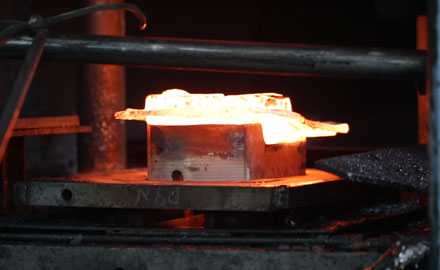
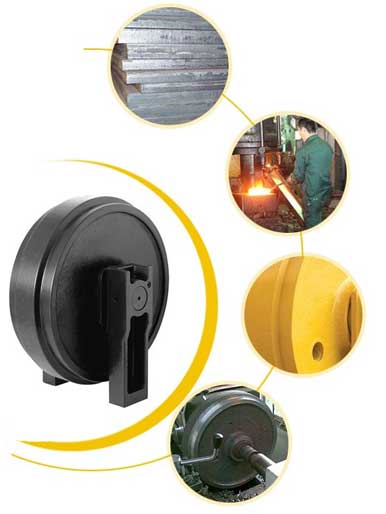

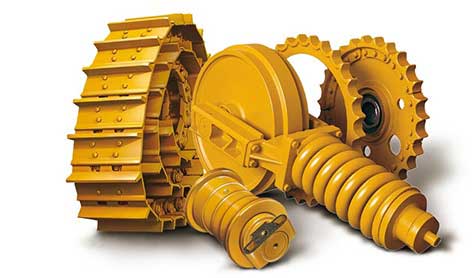
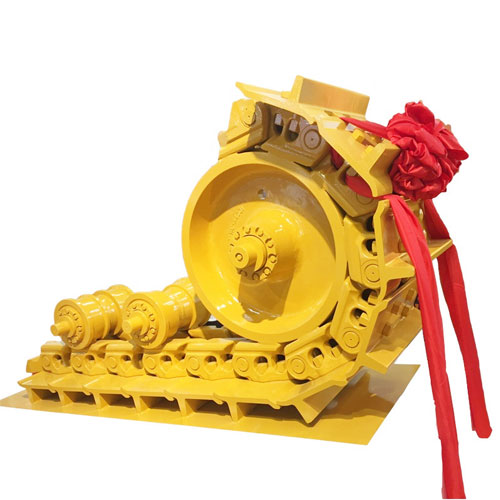 components. Look for any bent or broken track links. If any issues are identified, they should be addressed promptly by replacing or repairing the damaged parts.
components. Look for any bent or broken track links. If any issues are identified, they should be addressed promptly by replacing or repairing the damaged parts.